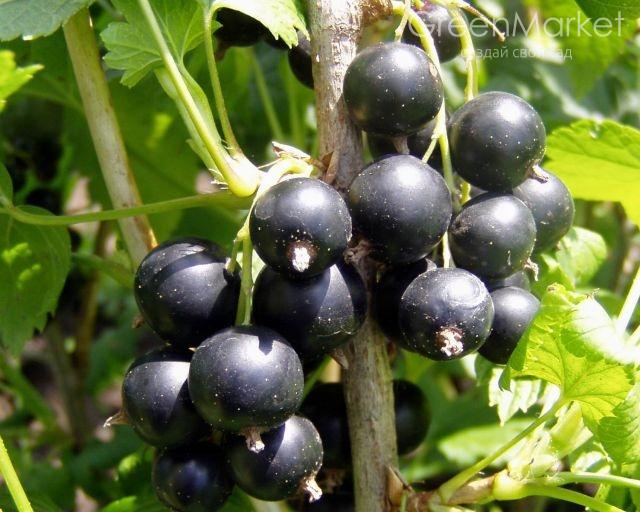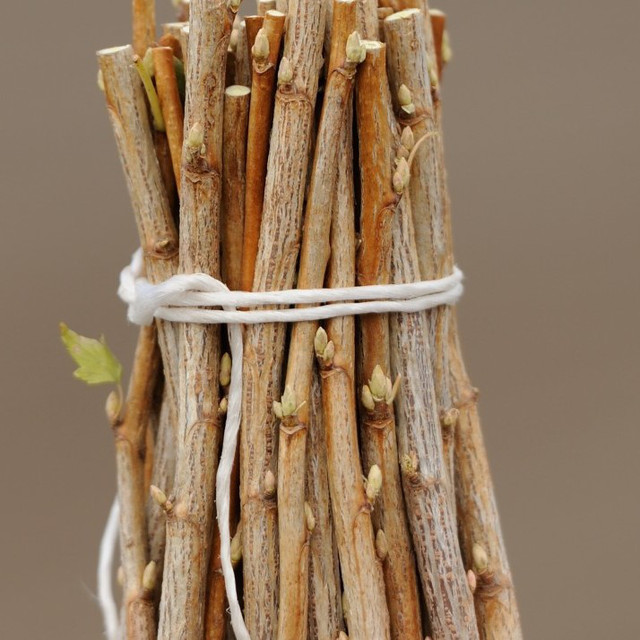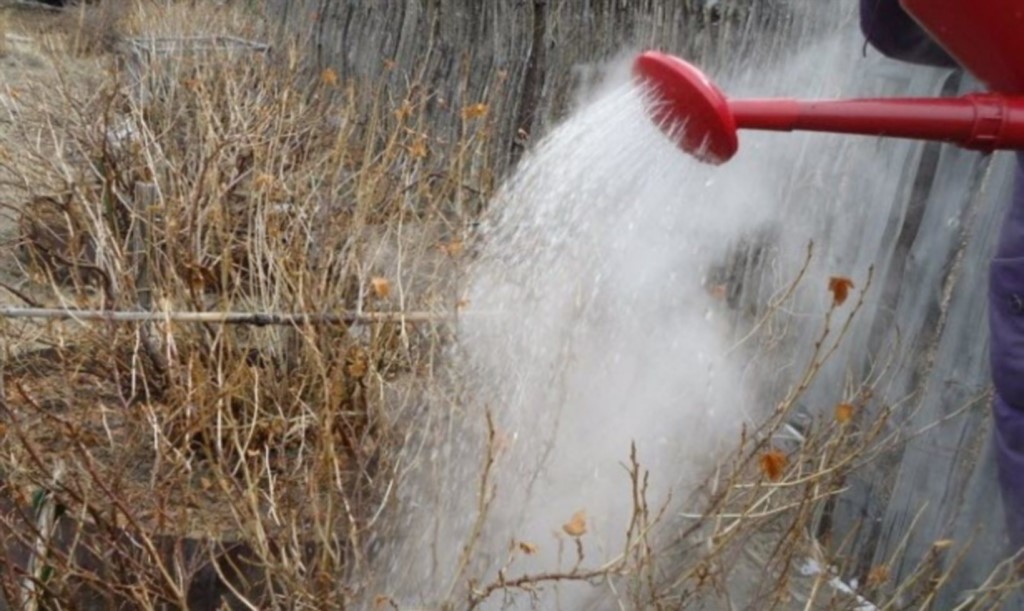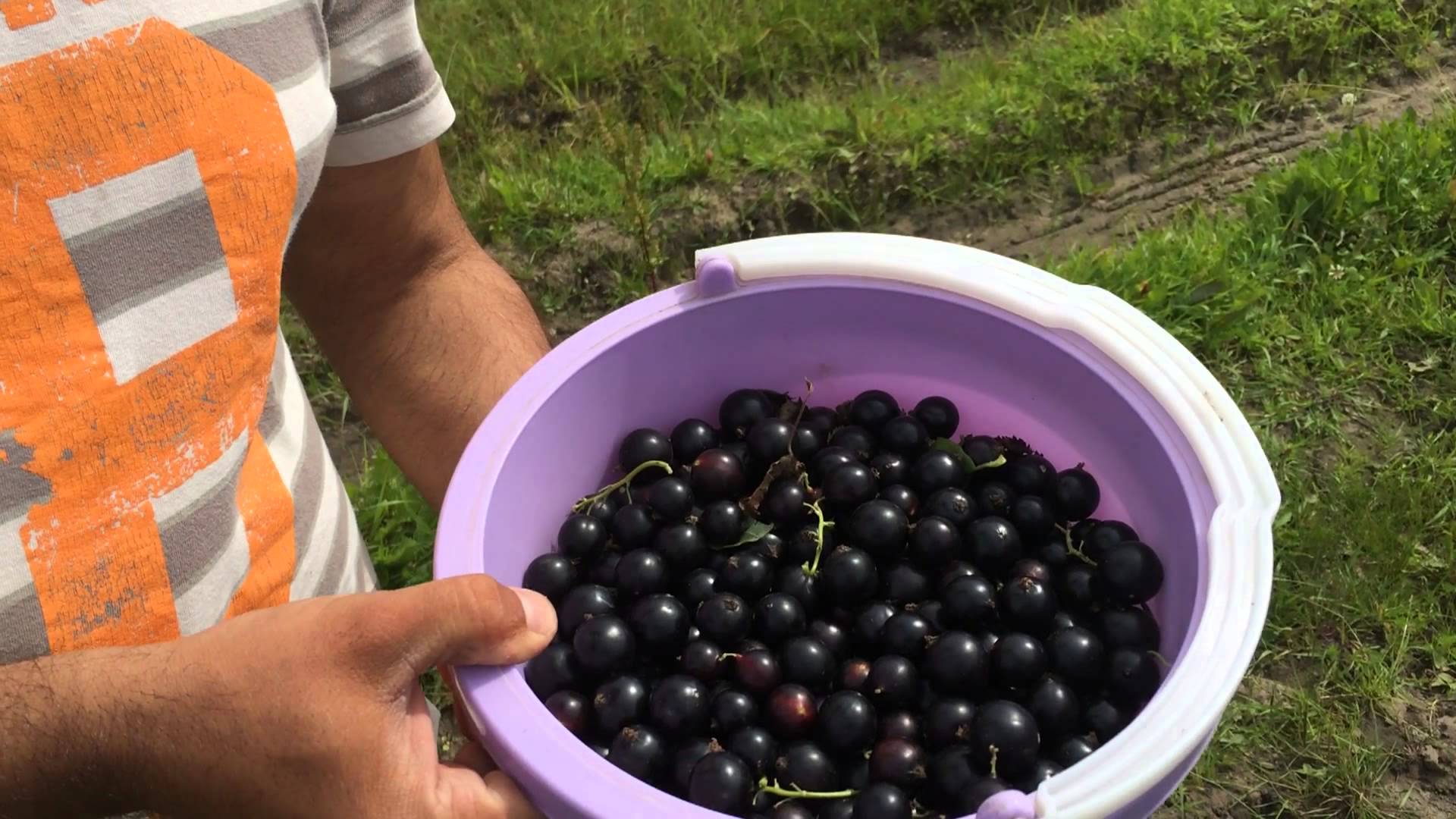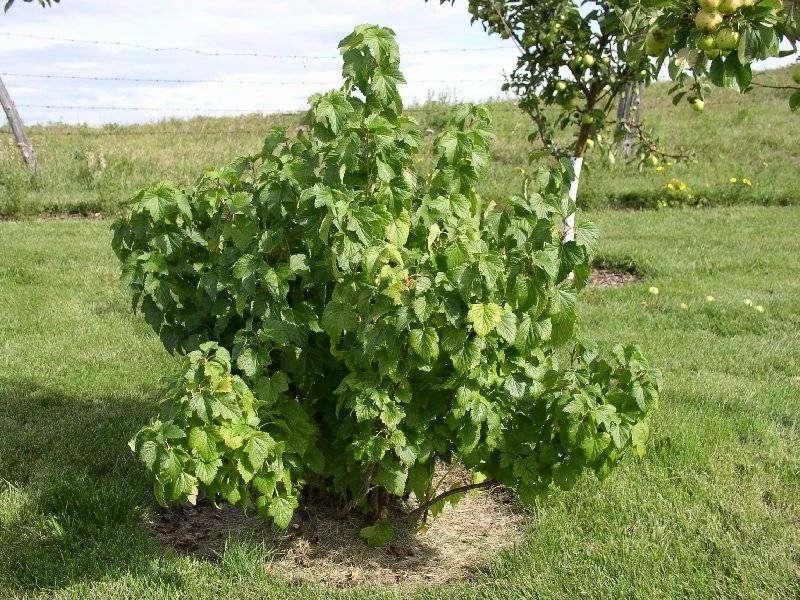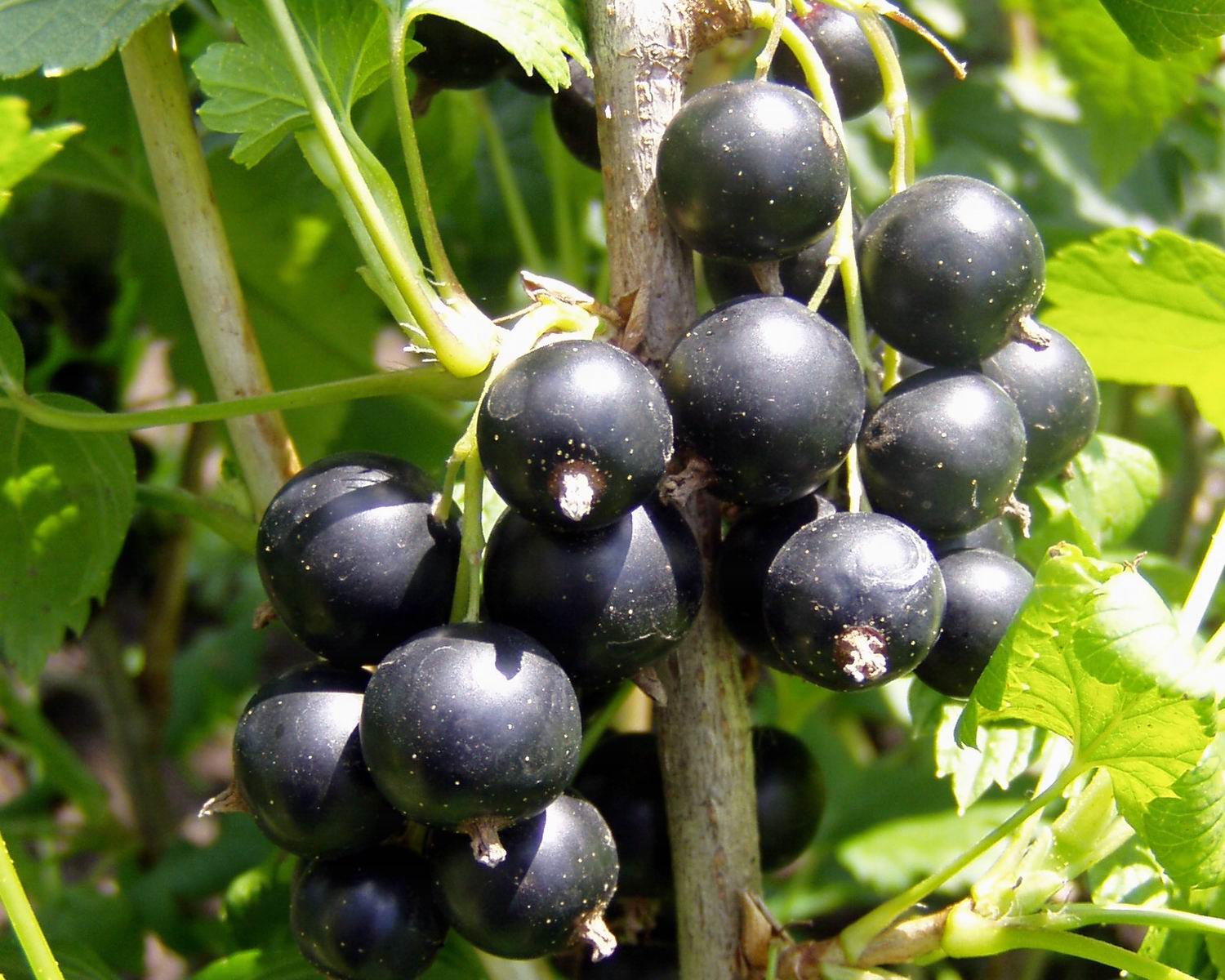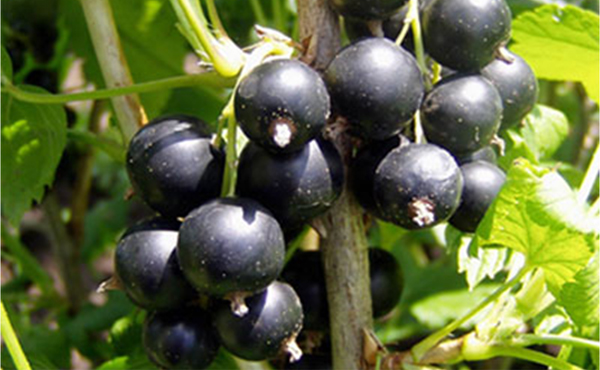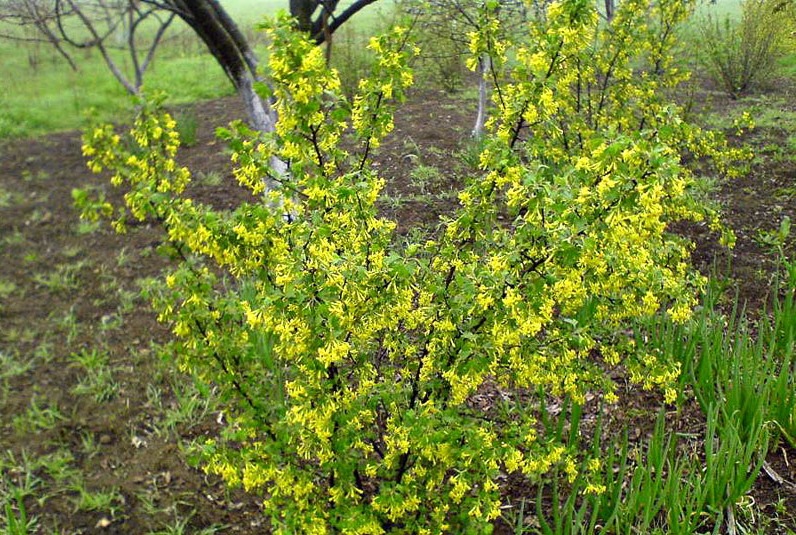Content:
Prehistory of the variety
For most connoisseurs of garden fruit plants, black currant Gross is the favorite berry, which you can always enjoy right from the bush. Today it is difficult to find a garden plot that has not bred at least a couple of bushes of this wonderful culture. In total, there are more than 200 species of currant in the world, among which there are also successful hybrids bred by Russian breeders.
One of their most famous developments is a variety called "Gross currant", bred by specialists-technologists and distinguished by its undoubted advantages (more details about them will be discussed below). When it was cultivated, a currant variety "Large" was taken and pollinated with such well-known hybrids as "Khludovskaya" and "Bredthorpe".
This species appeared on the domestic markets back in 1998 and was immediately well received by amateurs, despite the existing variety of already available varieties. Until now, this type of currant plant is one of the most common and has no close analogues.
Characteristics and description
Before the detailed characteristic of the “Gross” currant variety is presented, it should be noted that it belongs to medium-sized plants with not very large foliage and a spreading crown. At the same time, the leaves of it have a multi-lobed structure with a matte green tint and with a fluff on the back.
For the convenience of acquaintance with all its qualitative indicators, the latter are best presented in the form of the following list:
- A characteristic feature of this variety is the strong wrinkling of the leaves with a distinct bulge;
- The root system of the plant is well developed, which is clearly manifested in the presence of old roots, about 150 cm long or more;
- It has inflorescences of both sexes and therefore belongs to self-fertile crops;
- The flowers of the currant are large enough and have a characteristic pinkish tint and a saucer-like shape;
- The length of the tassels together with the berries that have grown on them is approximately 8-10 cm;
- The shape of the berries in the currant culture is round, the size is large enough, and their surface has a glossy glint;
- The average weight of each berry is about 1.5 grams, but samples weighing up to 2.5 grams are often found.
Continuing our acquaintance with the currant species, we note that this is a mid-early variety, from the moment the color appears and until ripening, no more than 35-40 days pass (exact indicators depend on the specific conditions at the breeding site).
In addition, black currant berries, the gross description of the variety which is given here, are characterized by excellent taste. Their flesh is very dense, and the aroma is quite pleasant, giving off a sweet-sour aftertaste.
This variety has good commercial properties, since all its berries are the same in size and shape. In addition, the following characteristic features are inherent in it:
- The yield is quite high - with proper care from the bush, it is possible to collect from 3 to 4 kg of ripe berries;
- The very maximum or peak yield is reached after 3-4 years of fruiting, after which its volumes decrease slightly;
- The full ripening time of this berry is the beginning of July;
- She is also not afraid of strong summer heat and not even a very long drought;
- This culture has excellent immunity to most garden diseases, including powdery mildew and a very dangerous kidney mite for it.
As for the plants growing next to the gross currant, it easily tolerates the neighborhood of many other berry varieties.
Agrotechnics
The classical or traditional approach to the cultivation of a currant crop requires a good knowledge of the basic rules that allow you to successfully grow this variety in a personal plot or garden.
Often, branches of spreading black currant bushes begin to creep along the ground, which most often leads to their rooting, followed by the formation of an independent plant. When grown, this variety is very unpretentious and undemanding to the quality and composition of the soil. At the same time, slightly shaded places are considered the most suitable place for planting currant bushes. Taking this feature into account, they can be planted in the immediate vicinity of a tree or in the shade of other shrubs, which saves on the planting area.
Disembarkation procedure
The main thing that is paid attention to before planting currants is to choose the right planting material, which can be facilitated by a targeted search for varietal seedlings. You need to buy them only in well-proven nurseries, which guarantees successful survival and good yield of young bushes.
Shrubs of this variety can hardly be called compact, because, despite their small growth, they are quite branched. That is why their planting should be organized in such a way that the distance between adjacent bushes is at least 2 meters.
It is advisable to prepare the pits for them in advance by introducing fertilizers into the soil about 40-50 days before planting. The dimensions of the pits themselves are selected based on the size of the purchased bush and usually do not exceed 50x50x50 cm. It is advisable to add to each of them before placing the root system:
- A full 10 liter bucket of humus (you can compost);
- About two small handfuls of superphosphate;
- Half-filled glass of potassium salt;
- Approximately half a liter of wood ash.
Planting currant bushes is allowed both in early spring and early autumn. Taking into account the frost resistance of this variety, the second option is most often chosen, since its roots in this case will have time to get stronger and will not suffer from the summer heat with the arrival of the new season.
During the planting itself, the soil in the pit is abundantly wetted with moisture. At the same time, the roots of the plant are gently straightened sideways and downward. Upon its completion, the soil around the bush must be mulched with organic matter or with a simple previously discarded soil.
It is recommended to immediately shorten the shoots of the planted bush, leaving only two or three small buds to grow. All these operations will ensure the normal development of the young root system, and in a year the first appetizing berries will appear on the currant bushes.
Care
Daily care of a currant crop does not cause any particular difficulties, since it usually comes down to simple operations: moistening the soil and feeding it.
When caring for planted bushes, it is important to observe the following requirements:
- The soil under them should be loosened not only before watering, but also at the end of the next rain;
- For feeding currants of the Valovaya variety, a small amount of organic fertilizers is used, applied about once every three years in the fall. Annual mineral supplements should preferably be used in the spring;
- In order to maintain a good crop yield, its bushes should be learned to cut correctly and step by step. In the first five years, form-building pruning is carried out (most of the shoots are cut, in addition to the 3-4 largest ones), and, starting from the sixth year, only old branches are removed.
This variety is resistant to most "professional" currant diseases, but not completely protected from some types of pests. In this regard, in the spring and autumn periods, the soil under the currant bushes is either carefully dug up, or mulched (or both together).
For purely prophylactic purposes, the bushes should be periodically sprayed with special protective preparations, and also well-known folk remedies should be used when caring for it (with the onset of spring, water the plants with boiling water, for example).
Advantages and disadvantages
The advantages of this type of domestic cultures include:
- High yield, as well as frost resistance;
- Good immunity to most garden diseases;
- Quite large size of berries, which guarantees the variety the necessary commercial qualities;
- Long vegetation periods;
- Very early ripening and excellent taste.
This Russian hybrid, one might say, has no particular drawbacks. Some gardeners report a slight decrease in fertility as the overgrown bush "ages". However, this effect is almost invisible against the general background of its good yield and is usually not taken seriously when assessing the merits of this variety.
In the final part of the review, we note that the attachment of most gardeners to this particular variety is fully justified. In addition to its great taste and large berry fruits, this culture has many other advantages, including the ability to make sweet and aromatic jams.
